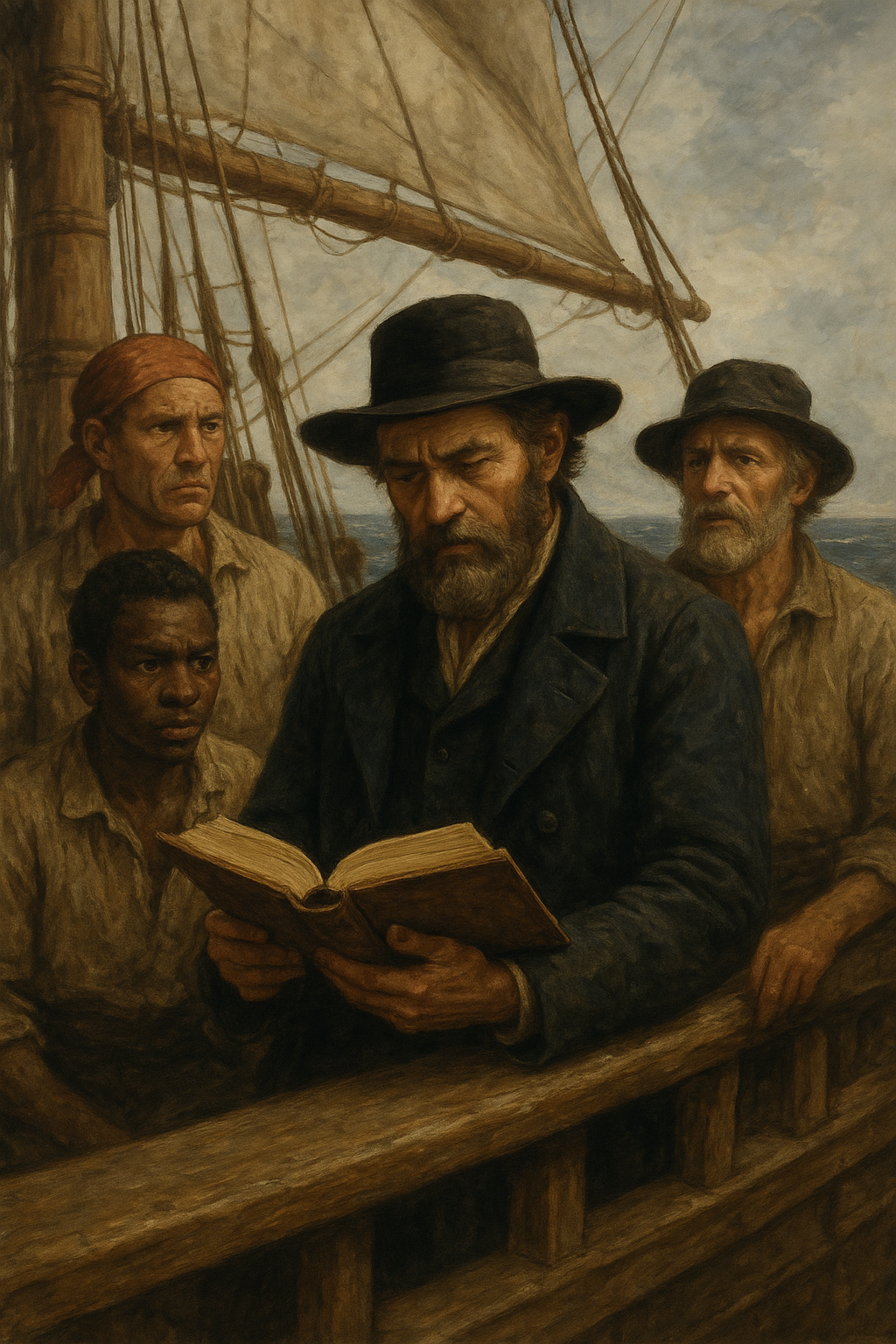The Deeper Message in the Book Moby-Dick: Humanity’s Endless Chase

The Heart of the Chase
At the center of Moby-Dick lies a powerful message about the chase—our human tendency to pursue things that are bigger than ourselves. While on the surface it looks like the story of sailors following a whale, the deeper meaning is about people chasing dreams, goals, or even obsessions. This theme is something everyone can relate to, no matter their age. We all have something we are striving for, and Melville shows us both the beauty and the danger of that pursuit.
Curiosity and Wonder
One important side of the chase is curiosity. Humans are naturally curious, always seeking to understand mysteries. The sailors’ journey mirrors this feeling. The whale becomes a symbol of the unknown—the part of life that sparks our imagination. By highlighting this, Melville reminds readers that curiosity is not something to be feared. It is what makes us learn, explore, and grow.
When Dreams Become Too Heavy
But Melville also shows another side of chasing goals: what happens when dreams become too heavy. Sometimes, people put so much energy into one desire that they forget about balance in life. The book invites readers to ask, “How much of myself should I give to one dream?” This is a question that stays with the reader and makes the book more than just an adventure—it becomes a mirror of our own ambitions.
Nature’s Power
Another characteristic linked to the chase is the role of nature. The sea and the whale remind us that the world is far larger and stronger than human effort. No matter how determined people are, nature still holds mysteries beyond our control. This idea encourages humility—it teaches readers to respect the natural world instead of trying to dominate it.
Unity in the Struggle
Interestingly, while the chase seems personal, it also brings people together. The sailors come from different cultures and backgrounds, yet their shared goal unites them. In this way, Melville shows how human beings, even when different, can connect through shared struggles or dreams. The chase is not only about the goal but also about the friendships and bonds formed along the way.
A Lesson in Balance
The lasting message of Moby-Dick is the importance of balance. Yes, it is good to have dreams and to chase after them with passion, but not at the cost of forgetting everything else. The novel suggests that true wisdom lies in knowing when to chase and when to pause, when to push forward and when to let go.
Why This Matters Today
Even though the book was written more than 150 years ago, its message still feels fresh. In today’s world, people often chase success, wealth, or recognition with the same energy shown in Melville’s story. Reading this classic reminds us to step back and ask: “Is this chase bringing me joy, or is it consuming me?” That question makes Moby-Dick not just a book about the past, but a guide for the present.
The Beauty of the Struggle
Finally, the book teaches that the chase itself has beauty. Even if goals are never fully reached, the effort, growth, and learning along the way are meaningful. Melville seems to say that life is not only about the destination but also the journey. This is a message that children and adults alike can carry with them whenever they face challenges.
The deeper message of Moby-Dick is about humanity’s endless chase—our drive to seek, to dream, and sometimes to go too far. Through the sea, the whale, and the crew, Melville invites us to reflect on our own pursuits. Are we chasing out of curiosity, or are we being consumed by obsession? The answer may differ for each reader, but the lesson remains: balance, respect for nature, and appreciation of the journey are what make life meaningful.